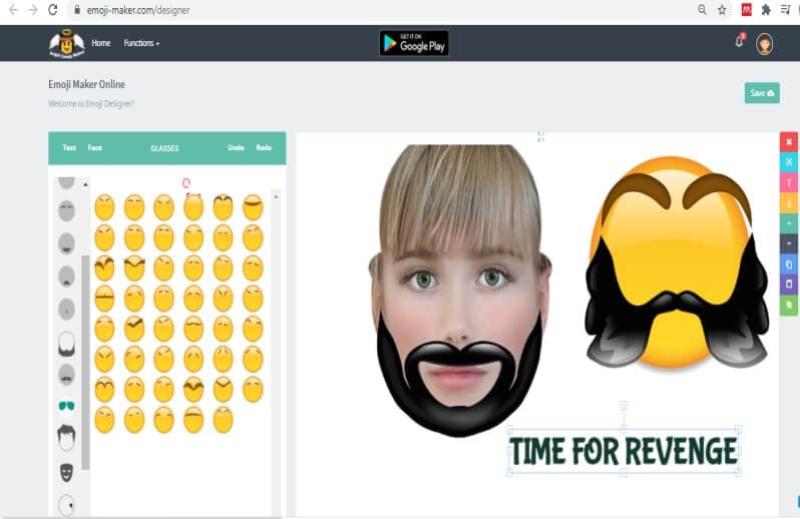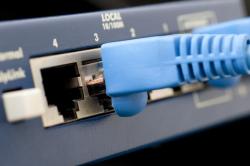How do I create my emoji?
Creating personalized emojis can be a fun and creative process. Here are general steps you can follow to create your own emojis:
1. Decide on the Style:
- Determine the style you want for your emoji. It could be cartoonish, realistic, minimalist, or any other style that suits your preferences.
2. Sketch Your Emoji:
- Start by sketching your emoji on paper or using a digital drawing tool. Consider the facial expression, features, and any accessories or elements you want to include.
3. Use Emoji Creation Apps:
- There are several apps and online tools specifically designed for creating custom emojis. Examples include Bitmoji, Emoji Maker, and Emojiface. These tools often provide a variety of customization options.
4. Digital Drawing Software:
- If you have graphic design skills, you can use software like Adobe Illustrator, Photoshop, or any other digital drawing tool to create a more detailed and customized emoji.
5. Photo Editing Apps:
- You can also use photo editing apps to create emojis from your own photos. Crop the image to focus on the facial expression, and add any necessary elements.
6. Emoji Stickers:
- Create emoji stickers using sticker-making apps. These stickers can be used in messaging apps and social media platforms.
7. Animate Your Emoji:
- If you want to take it a step further, consider animating your emoji. Some apps and tools allow you to create animated emojis.
8. Emoji Fonts:
- Some font-making tools and apps allow you to design custom emoji fonts. This is a more advanced option that lets you create a set of emojis with consistent styling.
9. Convert Images to Emoji:
- Use image-to-emoji converters that can turn your photos into emoji-style images. This is a quick way to create personalized emojis from existing pictures.
10. Consider Context:
- Think about where you intend to use your emoji. If it's for personal messaging, you might want to capture a specific expression or inside joke. If it's for a broader audience, aim for a universally relatable design.
11. Save and Share:
- Once you've created your emoji, save it in a format compatible with your intended use. You can then share it in messaging apps, social media, or use it in various digital platforms.
12. Legal Considerations:
- Be mindful of copyright and trademark issues, especially if you plan to share or distribute your emojis widely. Avoid using copyrighted characters or logos without permission.
Remember that the ease of creating emojis can vary depending on the method you choose. Whether you're using dedicated emoji creation apps or graphic design tools, the key is to have fun and express your creativity.
Creating your own emojis can be a fun and rewarding experience, allowing you to express your individuality and creativity. Here's a step-by-step guide to creating your own emojis:
1. Explore Various Emoji Creation Tools and Apps
Numerous emoji creation tools and apps are available, ranging from simple web-based platforms to sophisticated design software. Some popular options include:
Emoji Maker: A user-friendly web-based tool with a variety of pre-made emoji elements and customization options.
Moji Creator: A free mobile app that allows you to create emojis from scratch or customize existing ones.
Adobe Illustrator: A powerful vector graphics software that provides advanced tools for creating high-quality emojis.
Procreate: A popular mobile app for digital painting and illustration, offering a range of brushes and tools for creating expressive emojis.
2. Consider the Design Elements and Style of Your Emoji
Before you start creating, consider the overall design elements and style of your emoji. What emotions or concepts do you want to convey? What kind of visual language will you use? Consider factors like:
Facial expressions: Use facial features to convey emotions like happiness, sadness, anger, surprise, or fear.
Body language: Use postures and gestures to communicate emotions or actions.
Color and details: Use color to enhance the emotional impact and add visual interest. Add details like accessories or clothing to personalize the emoji.
3. Sketch or Draw Your Emoji
Start by sketching or drawing your emoji on paper. This will help you visualize the overall shape, proportions, and expressions of your character. Use simple lines and shapes to capture the essence of the emoji.
4. Digitize Your Emoji Using Digital Drawing Tools or Software
Once you have a solid sketch, transfer your emoji to a digital format using drawing tools or software. You can use vector graphics software like Adobe Illustrator or raster-based software like Photoshop or Procreate.
5. Refine and Finalize Your Emoji Design
Once your emoji is digitized, refine the design by adjusting the lines, colors, and details. Ensure the emoji has a consistent style and maintains the emotional impact you intended.
Tips for Creating Effective Emojis:
Keep it simple: Avoid complex details or intricate designs that might make the emoji difficult to understand at small sizes.
Use clear and expressive facial features: Ensure the emoji's facial expressions are easily recognizable and convey the intended emotion effectively.
Consider cross-cultural understanding: Be mindful of cultural sensitivities and ensure your emoji's meaning translates across different cultures.
Create a variety of expressions: Consider creating a series of emojis with different emotions or expressions to enhance your communication repertoire.
Have fun and be creative: Enjoy the process of creating emojis and let your imagination run wild.











